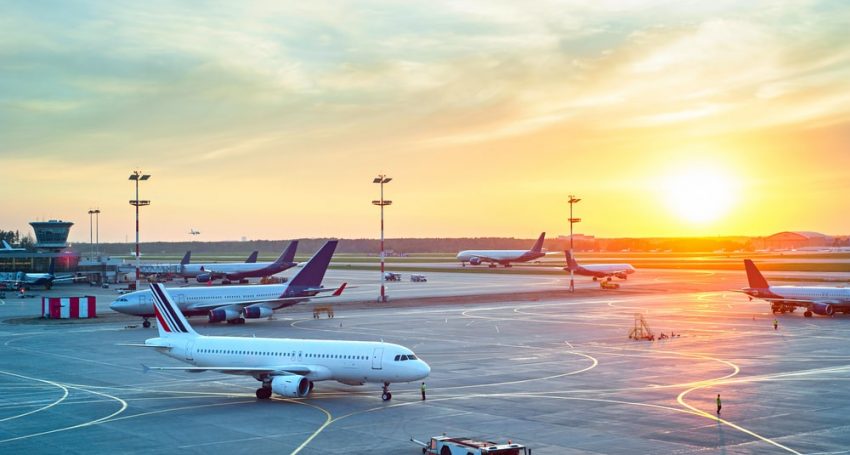The Cyprus Ministry of Health has published an updated categorization of countries according to the epidemiological risk of COVID-19 disease. In particular, the differences that will take effect from 9 am on Monday, November 9, include the downgrading of the rating of eight countries.
Thus, Latvia, Finland and Germany are moving from category A to category B. Iceland, Ireland, Poland, Italy and Liechtenstein have received a transfer from B to C. Thus, in the safest class A does not have European countries. From category B to A with a promotion only Japan.
In addition, Georgia, Tunisia and Canada are removed from the list of safe third countries, but added are Singapore (Class A), Macao and Hong Kong (Class B with China).
From Monday, category A (low risk of coronavirus infection) will include Australia, Japan, New Zealand, South Korea, Singapore and Thailand.
Category B (medium risk) includes Germany, Denmark, Greece, Estonia, Latvia, Lithuania, Sweden, Finland, Great Britain, Norway, Vatican City, San Marino, Uruguay, China (including Hong Kong and Macao), Rwanda and Serbia.
Category C (high risk) includes Austria, Belgium, Bulgaria, France, Ireland, Croatia, Luxembourg, Romania, Spain, Italy, Malta, Netherlands, Hungary, Poland, Portugal, Slovakia, Slovenia, Czech Republic, Andorra, Monaco, Switzerland, Iceland, Liechtenstein, Algeria, Morocco and Montenegro.
Passengers arriving from Category A countries are not required to present a negative PCR result upon arrival.
People arriving from category B countries must present a negative PCR certificate no older than 72 hours upon arrival in Cyprus. Cypriot citizens and their families, permanent residents, and people whose country does not offer PCR tests in the private or public sector may be tested on arrival.
Entry of tourists from Category C countries is prohibited, except Cypriot citizens, permanent residents and persons with special permits. They must either present a negative PCR test certificate no older than 72 hours on arrival or they can take the test at the airport. They must also self-isolate within 14 days, even if their test result is negative, and take a second test 48 hours before the end of self-isolation.
The costs of all tests are borne by the passengers themselves.


